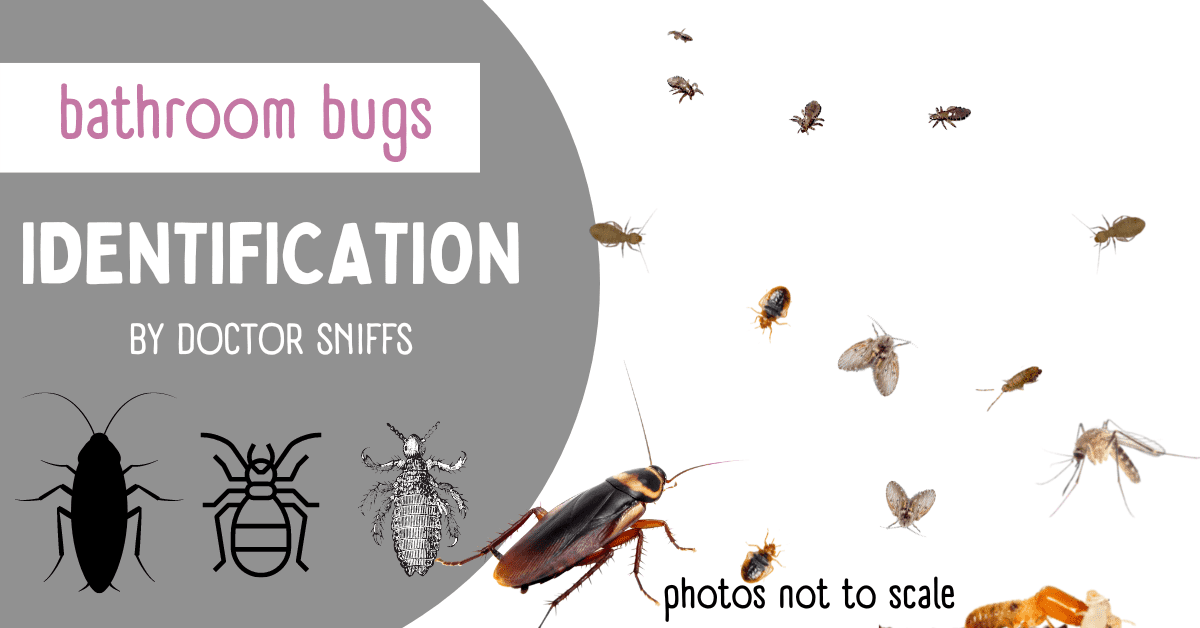Identification and Characteristics of Tiny Bugs in Bathroom Sinks

Tiny bugs in bathroom sink – Bathroom sinks, often damp and harboring organic matter, provide a conducive environment for various tiny bugs. These bugs, ranging in size from barely visible to a few millimeters, exhibit distinct physical characteristics and behaviors.
Tiny bugs in the bathroom sink can be a nuisance, but an antique brass bathroom sink faucet can help keep them away. The copper in the brass has antibacterial properties that can help to prevent the growth of bacteria and mold, which can attract bugs.
Additionally, the smooth surface of the brass makes it difficult for bugs to cling to it. As a result, an antique brass bathroom sink faucet can help to keep your sink clean and free of bugs.
One common type of tiny bug found in bathroom sinks is the drain fly. Drain flies, typically measuring around 2-5 millimeters in length, have a dark, humpbacked body and feathery antennae. They are often attracted to moist areas and feed on organic matter found in drains, such as hair, soap scum, and food particles.
Tiny bugs can sometimes gather in bathroom sinks, but a clean sink and vanity can help keep them away. A 27 inch bathroom vanity with sink is a great option for a small bathroom, as it provides ample storage space without taking up too much room.
With a new vanity and sink, you can keep your bathroom clean and free of tiny bugs.
Potential Health Risks and Prevention
While most tiny bugs found in bathroom sinks are not directly harmful to humans, they can carry bacteria and contribute to poor hygiene. To prevent their presence, it is crucial to maintain a clean and dry bathroom environment, regularly clean drains, and use drain covers to block entry points.
Causes of Tiny Bug Infestations in Bathroom Sinks

Tiny bugs in bathroom sinks are a common problem, but what causes these infestations? There are a few common sources of these bugs, including:
- Moisture: Bathroom sinks are often moist environments, which can attract bugs that thrive in damp conditions.
- Organic matter: Bugs are also attracted to organic matter, such as soap scum, hair, and toothpaste residue.
- Stagnant water: Stagnant water in bathroom sinks can provide a breeding ground for bugs.
Poor bathroom hygiene and maintenance practices can also contribute to bug infestations. For example, not cleaning the sink regularly can allow organic matter to build up, which can attract bugs. Not fixing leaky faucets can also create a moist environment that is attractive to bugs.
The severity and persistence of bug infestations can also be influenced by factors such as temperature, humidity, and ventilation. Warmer temperatures and higher humidity levels can create a more favorable environment for bugs, while good ventilation can help to keep the sink area dry and less attractive to bugs.
Effective Control and Prevention Methods for Tiny Bug Infestations

Effectively controlling and preventing tiny bug infestations in bathroom sinks requires a comprehensive approach involving cleaning, chemical treatments, non-chemical methods, and preventive measures. By implementing these strategies, homeowners can eliminate existing infestations and minimize the risk of future occurrences.
Cleaning and Disinfection, Tiny bugs in bathroom sink
Thoroughly cleaning and disinfecting bathroom sinks is crucial for eliminating bug infestations. Begin by removing all visible debris, such as hair, soap scum, and food particles. Use a non-abrasive cleaner and a soft brush to scrub the sink surface, paying particular attention to areas where bugs tend to congregate, such as the drain and overflow holes. Rinse the sink thoroughly with hot water and allow it to air dry completely.
Chemical Treatments
Chemical treatments, including insecticides and repellents, can be effective in controlling bug infestations. Insecticides kill bugs on contact, while repellents deter them from entering the area. When using chemical treatments, carefully follow the manufacturer’s instructions for application and safety precautions. Some common chemical treatments include:
- Pyrethroids: Synthetic insecticides that are effective against a wide range of insects, including flies, mosquitoes, and cockroaches.
- Borax: A natural insecticide that is particularly effective against ants and cockroaches.
- Diatomaceous earth: A powder made from fossilized algae that dehydrates insects and kills them.
Non-Chemical Control Methods
Non-chemical control methods, such as traps and physical barriers, can also be effective in preventing bug infestations. Traps lure and capture bugs, while physical barriers prevent them from entering the sink area. Some common non-chemical control methods include:
- Drain covers: Mesh or screen covers that fit over the drain hole to prevent bugs from entering the sink through the pipes.
- Sticky traps: Adhesive traps that attract and trap bugs as they walk over them.
- Bug zappers: Electronic devices that emit ultraviolet light to attract and electrocute flying insects.
Preventive Measures
Implementing preventive measures is essential for minimizing the risk of future bug infestations. These measures include:
- Regular cleaning: Regularly clean and disinfect bathroom sinks to remove potential food sources and breeding grounds for bugs.
- Proper ventilation: Ensure adequate ventilation in the bathroom to prevent moisture buildup, which can attract bugs.
- Moisture control: Fix any leaks or moisture issues in the bathroom to eliminate potential breeding grounds for bugs.
- Store food properly: Store food in airtight containers to prevent attracting bugs.
- Seal entry points: Seal any cracks or gaps around pipes, windows, and doors to prevent bugs from entering the bathroom.